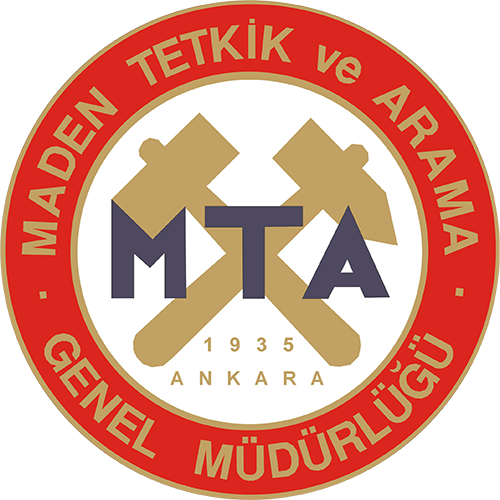Details
A new look at the origin of N-S trending young basins of western Anatolia
Batı Anadolu’nun K-G uzanımlı genç havzalarının kökenine yeni bir bakış
Indexed In
Volume 170 / 2023Authors
Ömer Feyzi GÜRERKeywords
Western Anatolia, Late Cenozoic, Contractional Tectonic, N-S Basins, Neotectonic.Abstract
In the western Anatolia, the tectonic regime transitioned from crustal shortening to extension during Late Cenozoic time and evidence of this event was imprinted on basement lithologies and N-S and E-W oriented two distinct basin sub-types. Here, we examined the exhumation mechanism of the Menderes massif that forms the basement of these basins from a different perspective. The N-S oriented basins overlying different basement rock types were re-evaluated based on new evidence that has potential to put new constrains for interpreting the tectonic evolution of the area. Unroofing of the Menderes Massif must have developed due to compressional core complex. Per the model generated from our observations, we propose that the western Anatolia underwent a N-S contraction during the Early-Middle Miocene time. In this period from Marmara Sea at north to Mediterranean Sea at south, numerous basins, as in Gördes and Demirci, were bound by N-S oriented oblique faults. Evidence of contraction in the region during Early Middle Miocene time is understood by N-S oriented obique, strike-slip faults, folds, and reverse faults. Starting from the Plio-Quaternary time, the contractional regime was shifted to extension and ensuing E-W oriented grabens were formed in Gediz, Büyük Menderes, and Gökova. The structural deformation associated with these E-W oriented grabens are normal faults and related open folds. Geological evidence of multigeneration extension is recognized in the basins and basin-filling deposits throughout the Neogene to Quaternary time.
Click for .pdf Türkçe .pdf için tıklayınız
